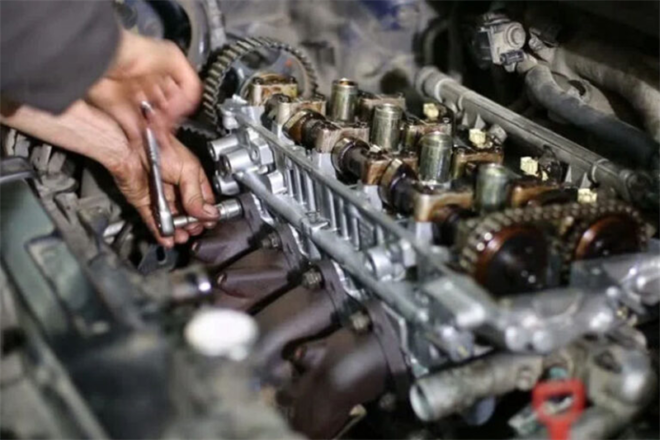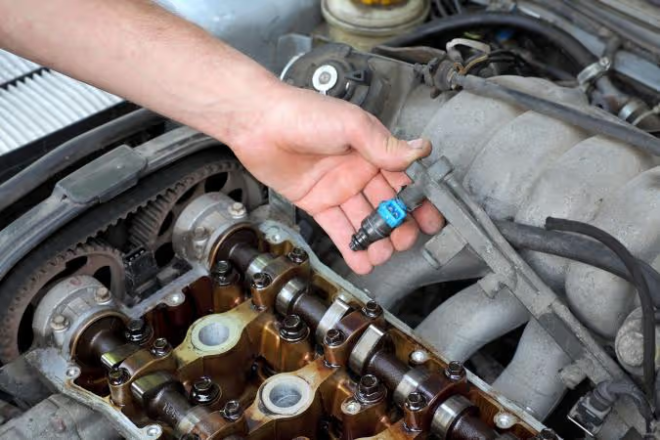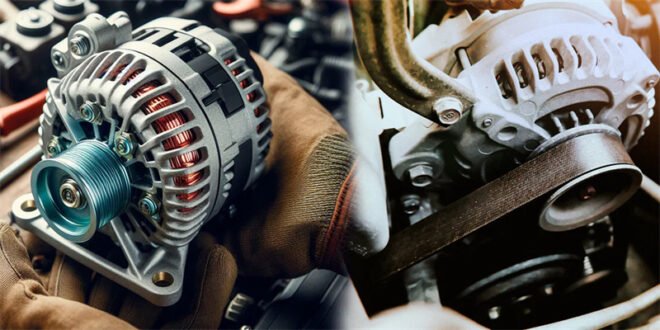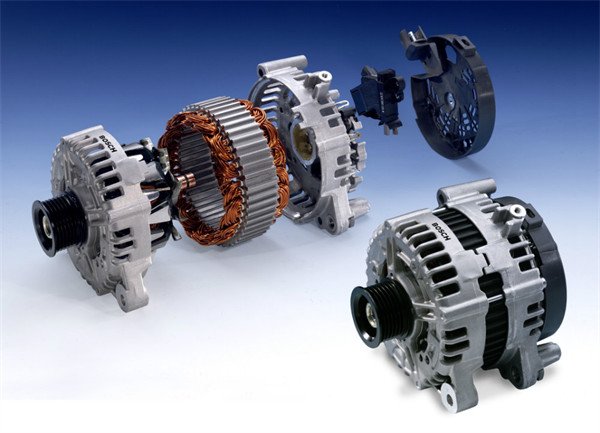When it comes to forced induction, the battle between Supercharger vs Turbocharger has been a long-standing debate among car enthusiasts, engineers, and speed lovers. Both systems are designed to enhance engine performance by forcing more air into the combustion chamber, but the way they achieve this goal differs significantly. So, which one is the better choice for modern vehicles? Let’s dive deep into their advantages, key differences, and why one might be superior to the other in today’s automotive landscape.
1. Understanding the Basics: How They Work
Before we get into the Supercharger vs Turbocharger debate, let’s first break down how each system functions.
Supercharger: Instant Power, Engine-Driven
A supercharger is mechanically driven, typically connected to the engine’s crankshaft via a belt, gear, or chain. This direct connection ensures a consistent boost, which means power is available instantly when the driver steps on the gas.
Turbocharger: Efficiency Through Exhaust Power
A turbocharger, on the other hand, is driven by exhaust gases. As the engine expels exhaust, it spins a turbine that compresses incoming air, increasing power output. Since a turbo doesn’t rely on the crankshaft, it can be more fuel-efficient, but it does suffer from the infamous “turbo lag.”
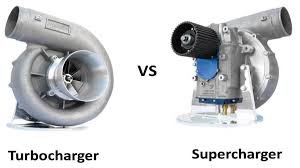
2. Performance Showdown: Supercharger vs Turbocharger
Power Delivery: Instant vs Delayed Boost
- Superchargers provide immediate power, making them ideal for muscle cars, drag racing, and applications where throttle response is crucial.
- Turbochargers take a moment to spool up, but once engaged, they can deliver incredible high-end power.
Winner: Supercharger for instant throttle response and predictable power.
Fuel Efficiency: Boost vs Burn
- Superchargers consume engine power to function, leading to increased fuel consumption.
- Turbochargers use exhaust energy, making them significantly more fuel-efficient.
Winner: Turbocharger for better fuel economy and environmental friendliness.
Complexity & Maintenance: Simple vs Sophisticated
- Superchargers are mechanically simpler, requiring fewer components and less cooling, making them easier to maintain.
- Turbochargers have more moving parts, require better cooling, and can be prone to turbo lag and heat-related failures.
Winner: Supercharger for reliability and lower maintenance needs.
3. Modern Advantages: Why One Might Be Better Than the Other Today
Supercharger: The King of Consistency and Reliability
- Instant Boost: No waiting for power, making it perfect for racing and high-performance streetcars.
- Simple Mechanics: Fewer complex components lead to better durability and ease of repair.
- Ideal for Low-End Torque: Especially useful in off-road and towing applications.
Turbocharger: The Future of Efficiency and Performance
- Superior Fuel Economy: Perfect for modern eco-friendly and hybrid applications.
- More Power per Liter: Allows smaller engines to produce immense horsepower.
- Advancements in Turbo Tech: Modern electric turbos reduce lag, making them more competitive than ever.
4. The Verdict: Which One Should You Choose?
The Supercharger vs Turbocharger debate boils down to what you prioritize:
- If you want instant power, reliability, and a raw driving experience, go with a supercharger.
- If you prefer fuel efficiency, high-end power, and modern engineering advancements, a turbocharger is the smarter choice.
For traditional muscle cars and racing applications, the supercharger still reigns supreme. However, with the rise of fuel efficiency standards and hybrid-electric technologies, turbochargers are becoming the future of performance tuning.
Final Winner? It depends on the driver’s needs, but in a rapidly evolving world, turbochargers are edging ahead in the race for performance, economy, and sustainability.
Which side are you on in the Supercharger vs Turbocharger battle? Let us know in the comments!


